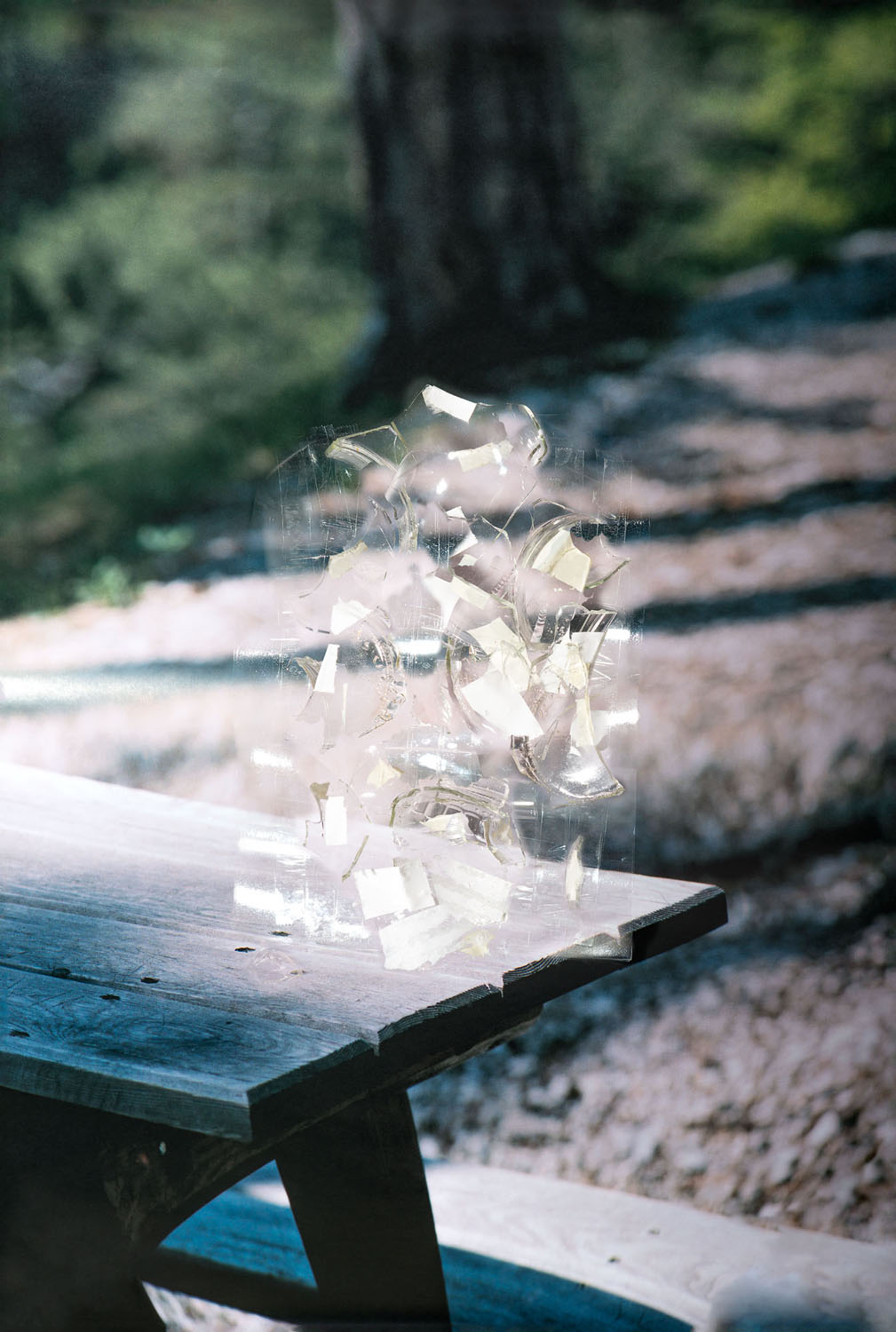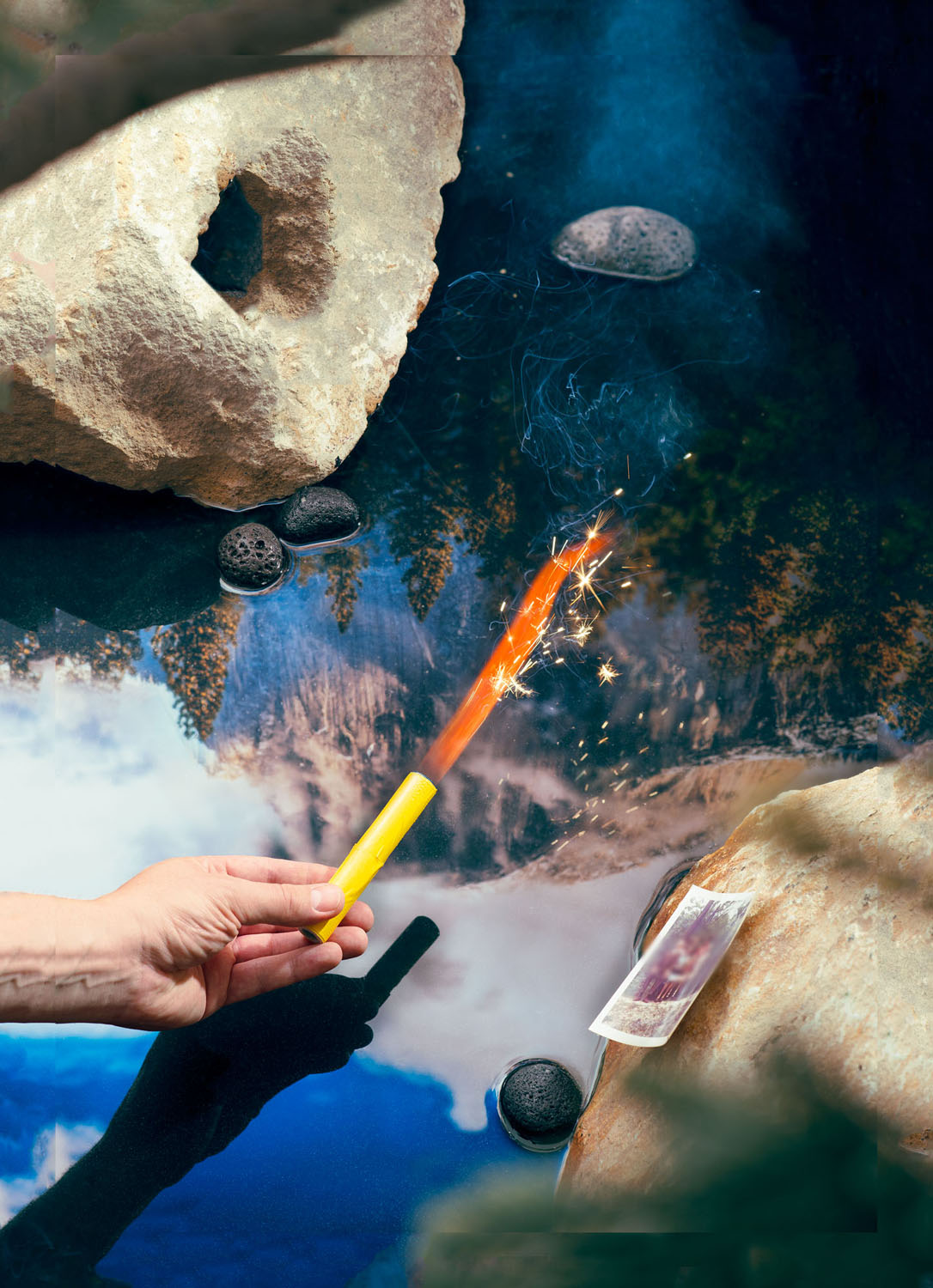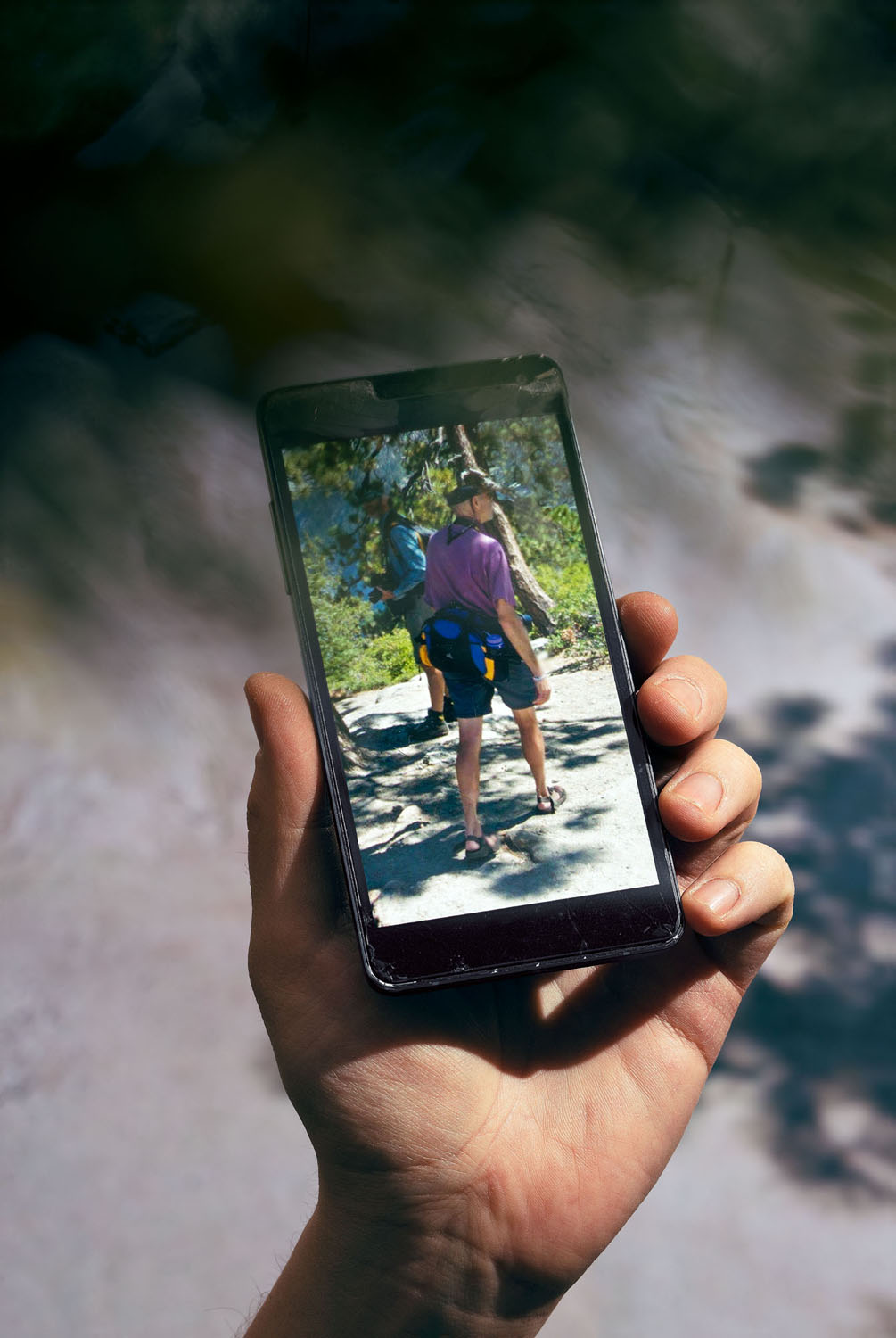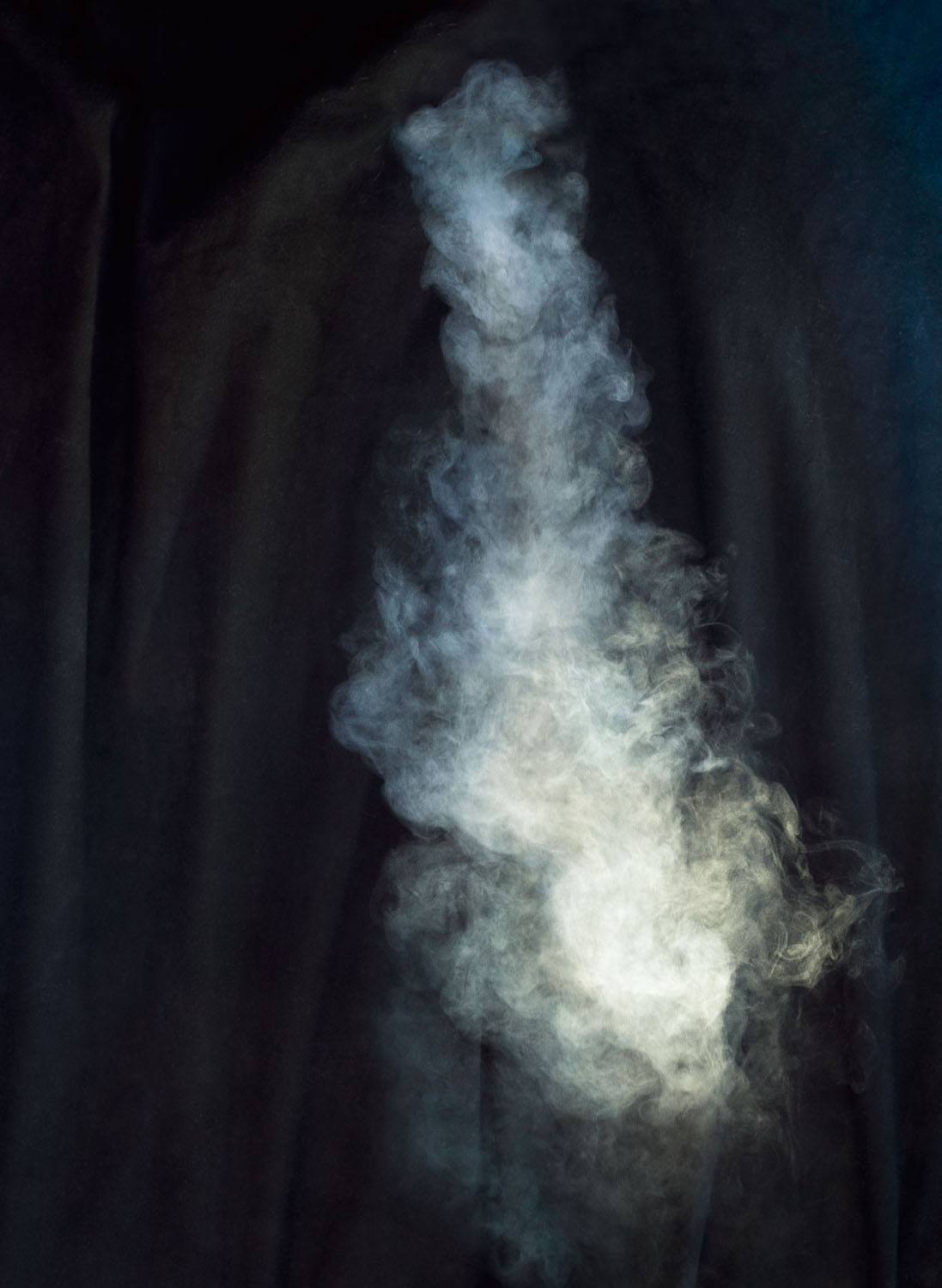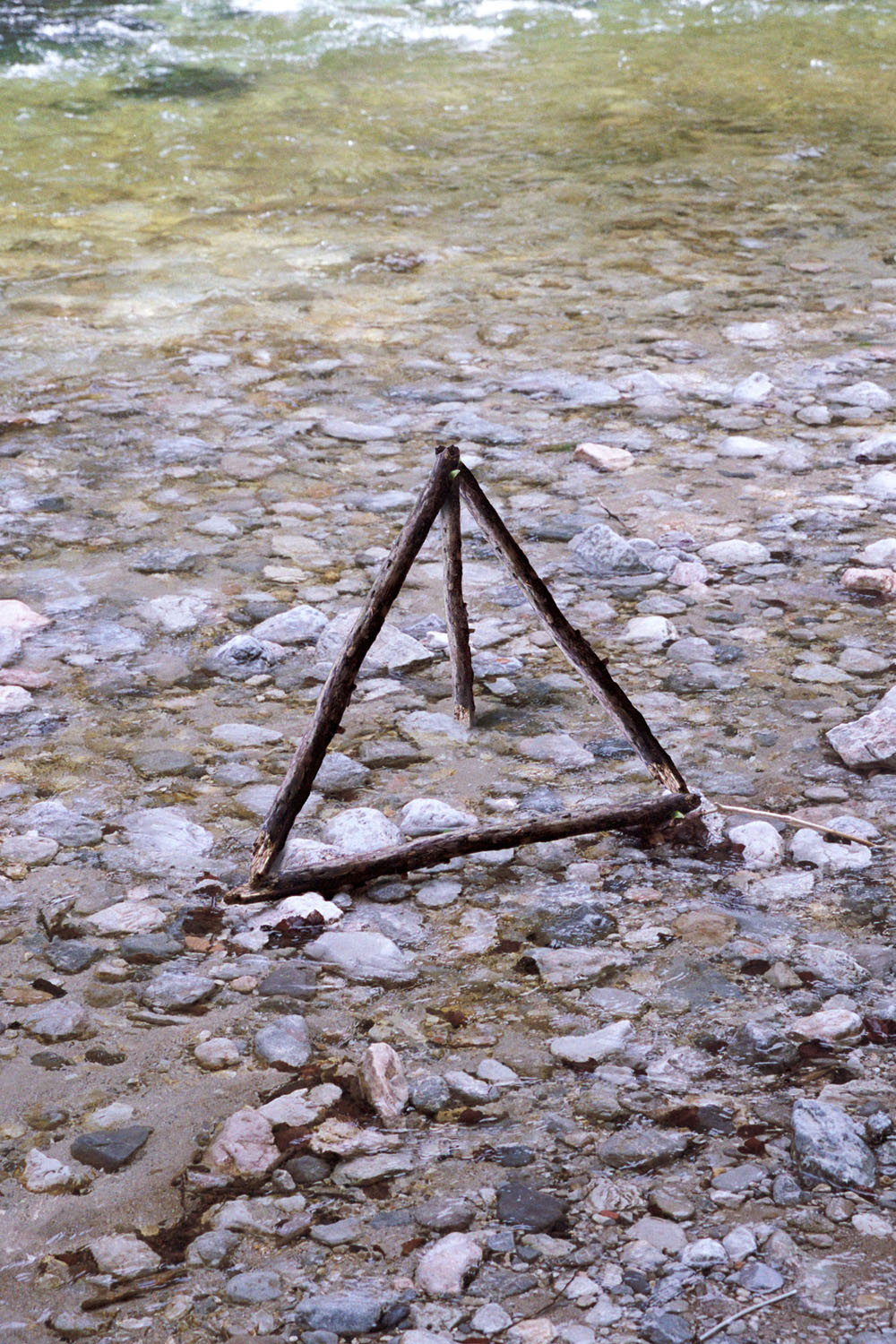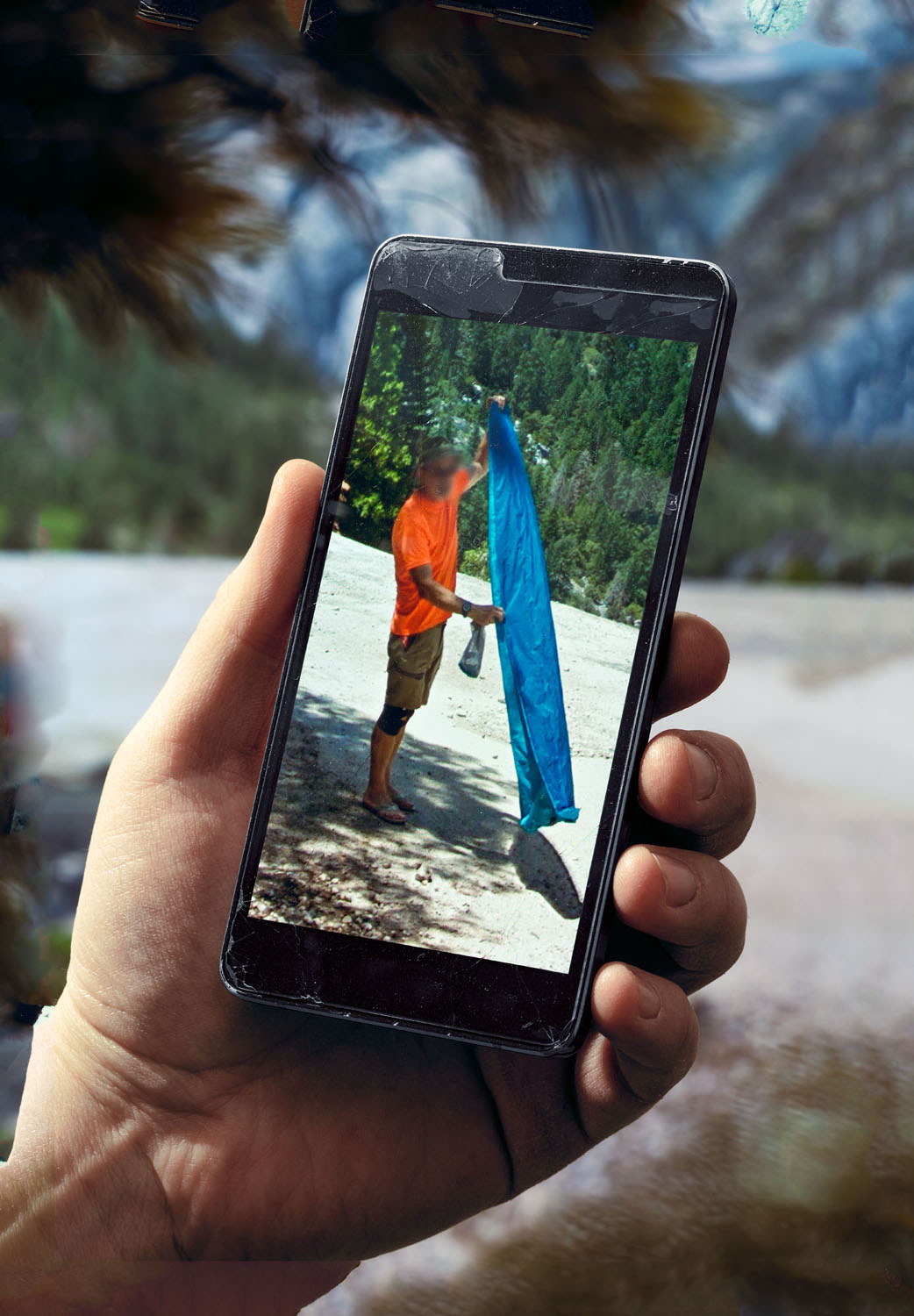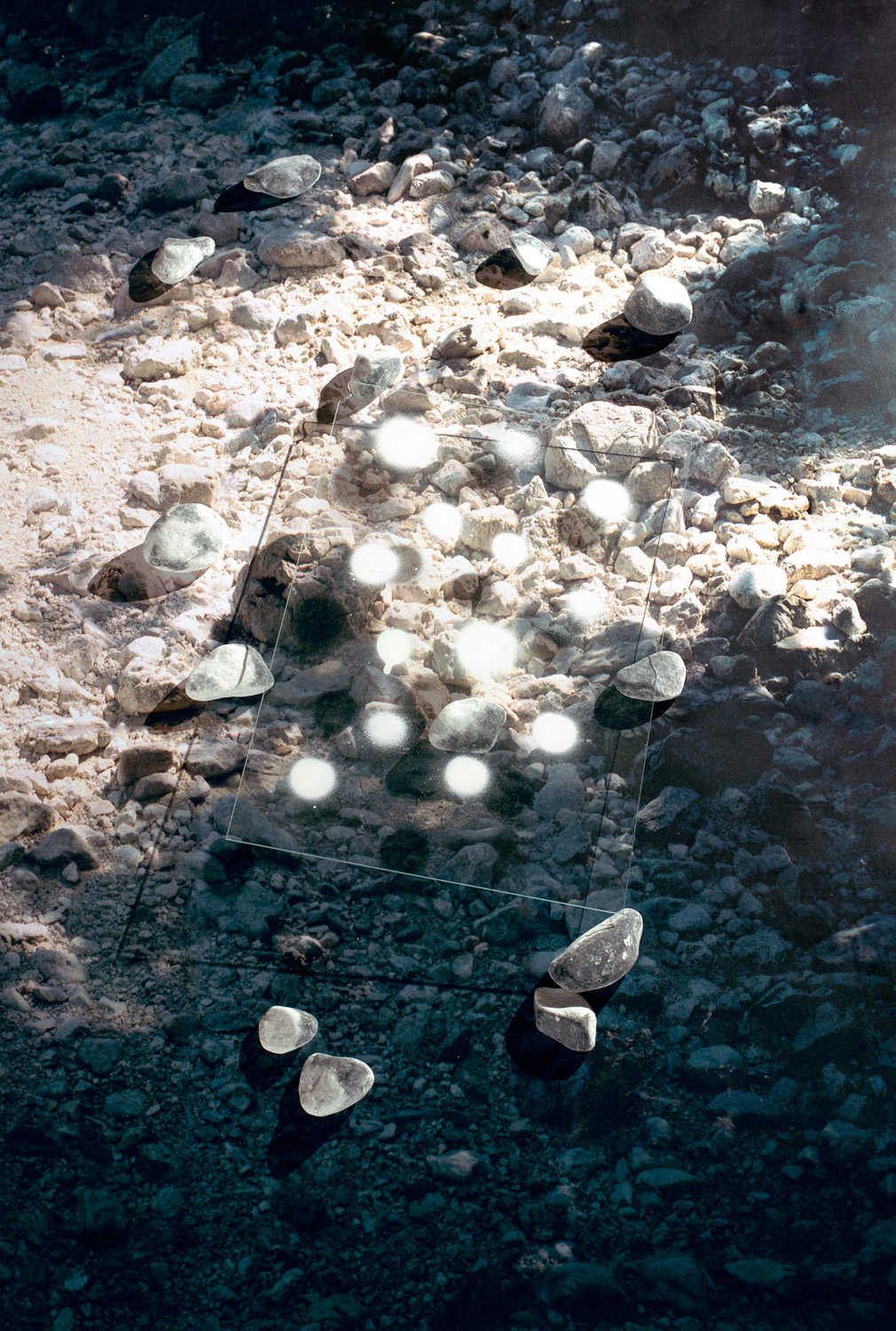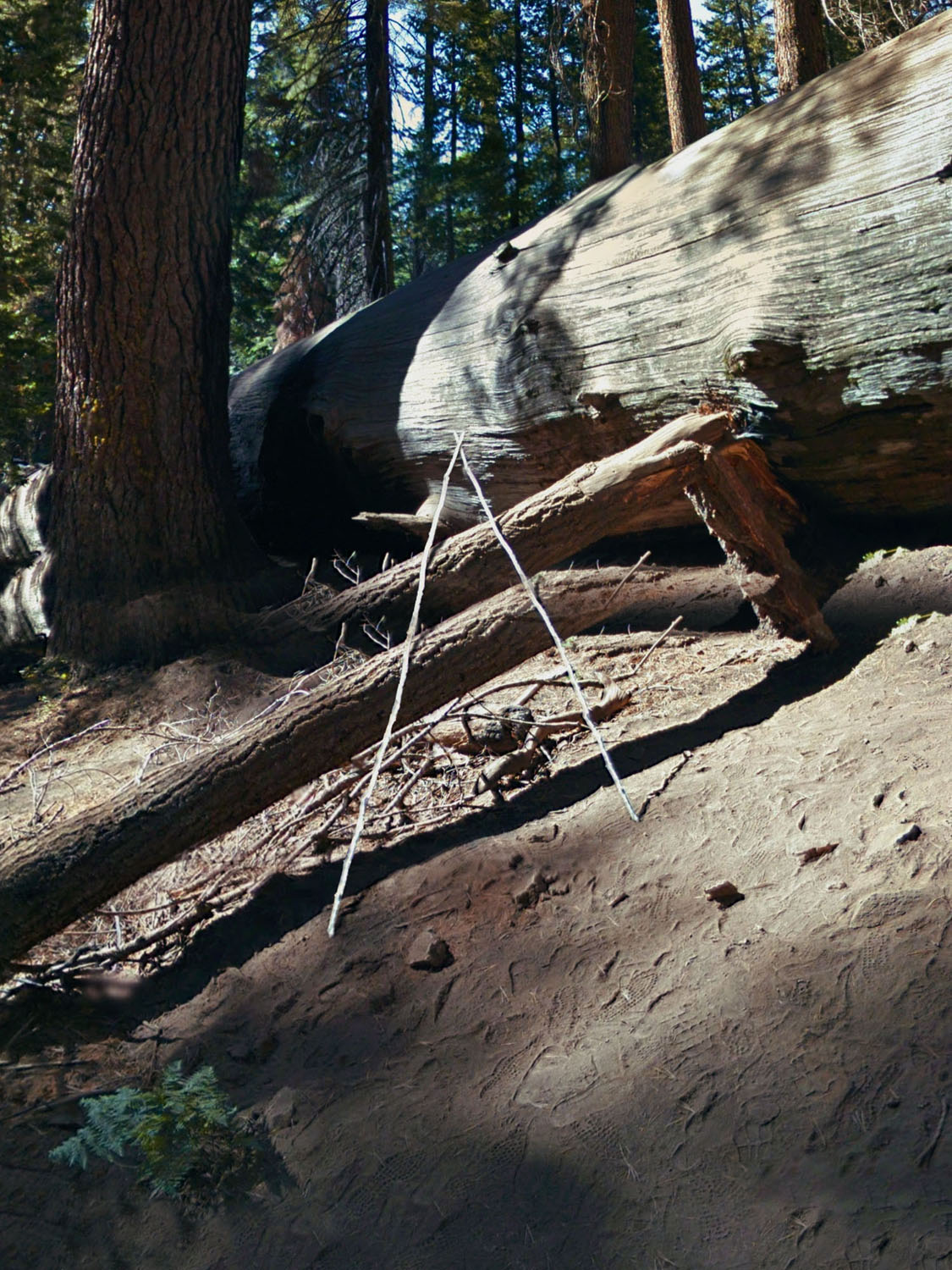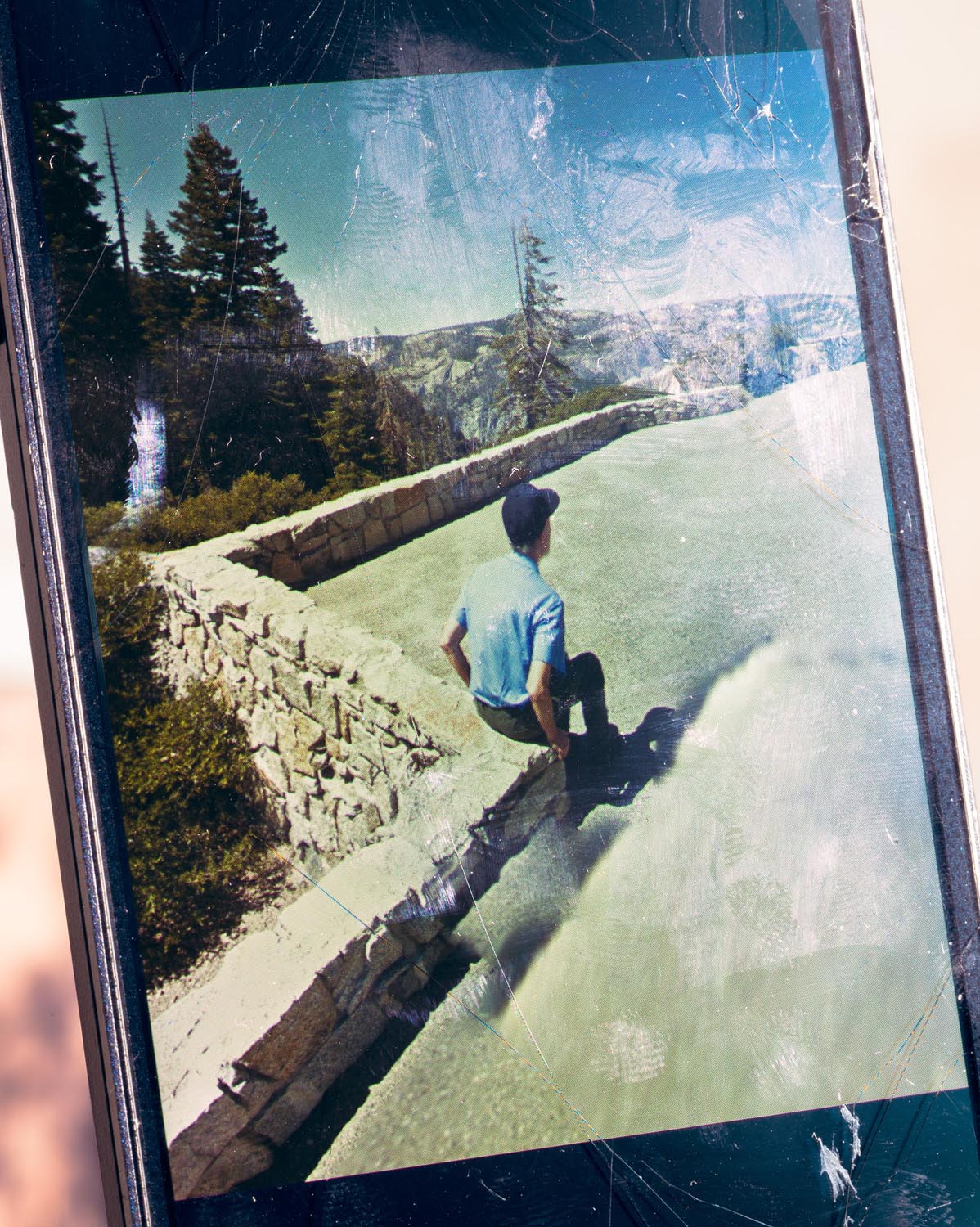Coinciding with an exhibition at Photo London and a solo exhibition at Webber Represents, we caught up with Thomas Albdorf to learn more about his work which looks at how the internet influences our perceptions of the world.
Photoworks: Hi Thomas, thanks for your time. Can you tell us about the work you’ll be showing at Photo London?
Thomas Albdorf: I will be showing prints from my series General View that I worked on for roughly the last two years. It’s a series about how our devices that link us to the internet – and the internet in general – shape and influence our perception of the world. I based all works on images that relate to Yosemite National Park in the US – one of the most intensely mediated nature sites on earth. The series toys with the question regarding the necessity of traveling to a place that has been photographed innumerable times, the need to record additional photographs. If countless images of a specific place are readily available, has one been there already?
PW: What is it about photography and sculpture that lend themselves to being explored and presented together?
TA: When I started to work with cameras around 2010, I basically just used them to document small sculptural interventions I made while strolling around. Considering what artists like Fischli & Weiss and Roman Signer already did with the medium back in the 80s and 90s, I quickly realized that photography could enable me to stage arrangements that would only last a few moments in reality, but could become fixed sculptural objects within the photographic space. Albeit I was – to a certain degree – recording what was in front of my camera, the result I got from the negative I exposed often tremendously shifted the actual situation. This might be a relatively banal realization, especially as everybody who works with photography is utterly aware of it, but it was my starting point to let both practices, sculpture and photography, inform each other.
PW: How does this inform your approach to image making and your thoughts on what photography is capable of?
TA: As stated, I realized how photography was capable of altering my perception of my surroundings within the photographic space of the printed image, or the JPEG or Photoshop file. As my practice became more and more informed by digital post production, I realized that the images I made could display scenarios or situations that never existed in front of a lense – I could create a virtual reality, independent from the indexical referent, that was still relating to those images we know.
Photoworks: What did you discover when you were creating General View? How far did your photography go in replacing the actual experience of visiting the site for yourself?
TA: For me personally, there were two major takeaways from working on General View. First of all, albeit I am absolutely aware I was never at Yosemite, I have a certain idea that is based on existing images by other people as well as Google Street View material about certain spots I ‘visited’ over and over again, like the Tunnel View parking lot or Glacier Point. I caught myself talking about “me walking” through these specific locations, and well, to a certain degree I did exactly that. Looking at the screen shots I made whilst digitally strolling around and considering my usual practice, in retrospect it doesn’t feel that different. Of course there is a difference, but it definitely starts to blur.
Secondly, I stumbled upon many occasions where I screenshot digital glitches that appear when the algorithms that stitch all the automatically created photographs together got something wrong. The digital code that determined my experience revealed itself to a certain degree. This got me thinking on how software influences our perception of the world, how more and more automated processes form our experience – processes that will create imagery that doesn’t have to be rooted in reality.
Photoworks: What we can learn from this? How can we use photography to create and understanding realities we haven’t physically experienced?
TA: It’s tough for me to draw conclusions from a series I just finished, often it takes some time to get a certain distance to understand things better. At the moment, on one hand I think it’s just important to be aware how much your personal reality is already shaped by existing images and clichés. If you go to Yosemite to experience and photograph the Horsetail Falls around February, the way you’ll see it and the photographs you’ll make will be heavily informed by the countless images you’ve seen of it before. On the other hand, we must constantly consider how neural networks more and more help to shape our visual experience, and thereby determine our perception. Meanwhile I am relatively sure that one of the subconscious reasons to make this series was to create images that are appropriating digital glitches, but at the same time oppose the algorithmic readings that a neural network would apply to it when uploaded to Facebook, for example. I wanted to still be in charge of my perception, abstract as it may be at the very end. I wanted to make images that a human could make sense of, but a machine couldn’t. Yet.
